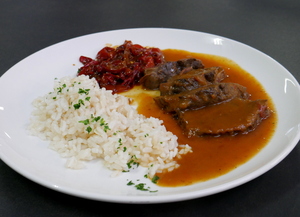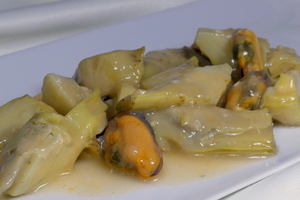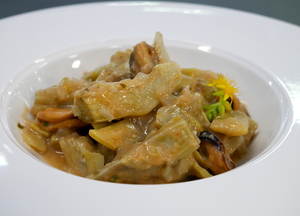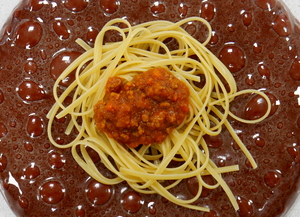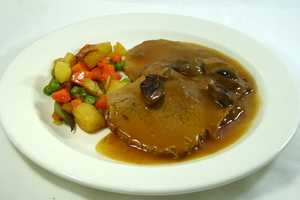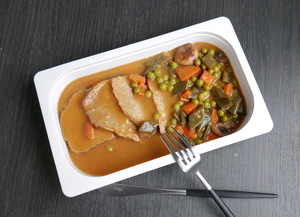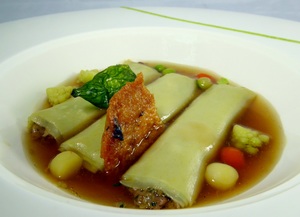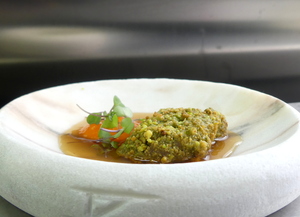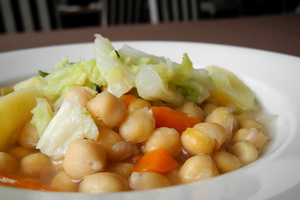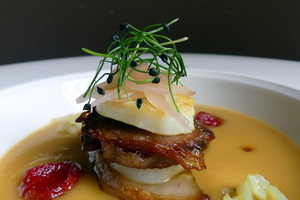Leek
Leeks belong to the Liliaceae family, which has around 3500 species of herbaceous plants and trees. The Allium Genus, to which vegetables as garlic, onions, spring onions, chives and of course leeks belong, is the most important one in this family.
Depending on the season we can distinguish several types that differ in length, diameter, consistency and taste intensity.
- Autumn and winter leeks: they are bigger and they have a stronger taste.
- Summer leeks: their size is smaller than those of the previous types, they are tenderer and they have a softer taste. However, they usually have a woody part on the inside that reduces its quality.
With these two types their presence throughout the year is assured in markets.
To buy leeks one must take into account several quality criteria. The stem must be white, straight and robust, without marks or lumps, while the leaves must have a dark green colour and a flat shape.
Those leeks with yellowish, soft, uncoloured or weird looking leaves shouldn’t be picked. It indicates that the leek will have an altered consistency. One shouldn’t buy leeks whose leaves are dry nor those with a bulky stem.
Once at home the stem should be cut in a longitudinal way and the leaves must be cleaned with water. They must be separated one by one to clean the dirt that remains among them. Leeks can be well preserved in a fridge for two weeks. Once they’ve been cooked, they must be eaten in a maximum of two days because they can result indigestible.
Frozen leeks last for 3 months more or less. It is recommended to cook them without unfreezing them as their texture and flavour get worse.
-
Type of dish
- Beers
- Cocktails
- Breakfasts and brunch
- Burguers
- Juices, milkshakes and beverages
- Shellfish
- Bread and pastries
- Pizzas, patty
- Dessert
- Pasta
- Sándwich
- Pastries
- Finger foods
- Ice creams and sorbets
- Legumes
- Salads
- Eggs
- Patty
- liqueur
- Harvard plate
- Main course
- Meats
- Fish
- Birds
- Vegetables
- Soups and creams
- Rices
- Coffee, chocolate and infusion
- Cheeses
- Appetizers and canapes
- Temperature
- Cuisine type
- Additional culinary preparation
- Conservation technique
- Seasonal recipes
-
- Aromatic herbs
- Beverages
- Big game hunt
- Bread and pastries
- Canned goods and pickles
- Cereals
- Condiments, spices and additives
- Cooked, salted, preserved and cold meats
- Dried fruits and nuts
- Dry pulses
- Edible oils and vinegars
- Eggs and derivatives
- Feathered game hunt
- Fish cuts
- Fishes
- Insects
- Kitchen and bakery tecniques
- Kitchen and bakery utensils
- Meat cuts
- Meats
- Milk, cream and derivatives
- Mushrooms
- Offal
- Pasta, rice, flour and derivatives
- Poultry
- Seafood
- Service techniques
- Service utensils
- Vegetables cuts
- Vegetables, fruits, tubers and seaweed



